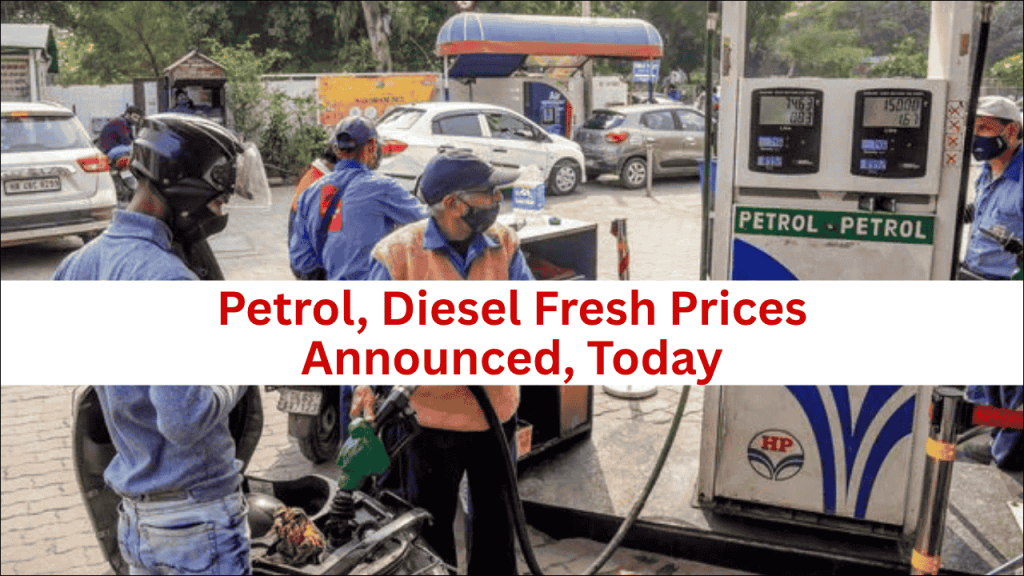
The daily fuel price revision mechanism continues to bring fresh updates for Indian consumers as oil marketing companies announce new rates for petrol and diesel effective from 6 AM on June 6, 2025. This dynamic pricing system, implemented since June 2017, ensures that even the smallest fluctuations in global crude oil prices and exchange rates are reflected in domestic fuel costs, providing transparency and eliminating the shock of sudden price jumps that characterized the earlier fortnightly revision system.
As India remains heavily dependent on crude oil imports to meet approximately 85% of its petroleum needs, domestic fuel prices are significantly influenced by international market dynamics, geopolitical developments, and currency fluctuations. The current pricing scenario reflects a complex interplay of global factors including OPEC+ production policies, ongoing geopolitical tensions, seasonal demand variations, and the rupee’s performance against the US dollar.
Table of Contents
Current Fuel Price Scenario Across Major Cities
The fuel pricing landscape in India continues to display significant regional variations due to differences in state taxes, Value Added Tax (VAT) rates, local body taxes, and transportation costs. These variations create a complex pricing matrix where consumers in different states pay substantially different amounts for the same fuel quality.
Based on the latest available data, petrol prices across major Indian cities show Delhi at ₹94.77 per litre, Mumbai at ₹103.50 per litre, Bangalore at ₹102.92 per litre, Hyderabad at ₹107.46 per litre, Chennai at ₹100.82 per litre, Ahmedabad at ₹94.65 per litre, and Kolkata at ₹105.41 per litre. For diesel, the rates stand at ₹87.67 per litre in New Delhi, ₹90.03 per litre in Mumbai, ₹90.99 per litre in Bangalore, ₹95.70 per litre in Hyderabad, ₹92.39 per litre in Chennai, ₹90.16 per litre in Ahmedabad, and ₹92.02 per litre in Kolkata.
Comprehensive City-wise Fuel Price Analysis
| City | Petrol Price (₹/Litre) | Diesel Price (₹/Litre) | State VAT on Petrol | State VAT on Diesel |
|---|---|---|---|---|
| New Delhi | ₹94.77 | ₹87.67 | 30% | 16.75% + Pollution Cess |
| Mumbai | ₹103.50 | ₹90.03 | 25% | 24% |
| Bangalore | ₹102.92 | ₹90.99 | 35% | 19% |
| Chennai | ₹100.82 | ₹92.39 | 30% | 21% |
| Kolkata | ₹105.41 | ₹92.02 | 30% | 18% |
| Hyderabad | ₹107.46 | ₹95.70 | 35% | 24% |
| Ahmedabad | ₹94.65 | ₹90.16 | 25% | 20% |
Regional Price Disparities and Contributing Factors
The significant price variations across cities reflect the federal structure of taxation in India’s fuel sector. Delhi consistently maintains the lowest petrol prices among metro cities due to its relatively lower VAT structure and strategic policy decisions by the Delhi government. In contrast, cities like Hyderabad and Kolkata face higher prices due to elevated state tax components.
Mumbai’s pricing reflects the additional burden of higher transportation costs and port-related charges, despite being a major refining hub. The city’s infrastructure constraints and real estate costs contribute to operational expenses that ultimately impact consumer pricing.
Global Market Influences on Domestic Pricing
International crude oil market dynamics play a pivotal role in determining India’s fuel prices. The global benchmark Brent crude oil prices, currently fluctuating around $80-85 per barrel, directly influence the basic fuel price component that forms the foundation of domestic pricing calculations.
Recent global developments including OPEC+ production decisions, US strategic petroleum reserve releases, and seasonal refinery maintenance schedules have contributed to price volatility. The ongoing geopolitical tensions in key oil-producing regions continue to create supply uncertainty, while growing demand from recovering economies adds upward pressure on prices.
Fuel Price Structure and Component Breakdown
| Price Component | Petrol | Diesel | Impact on Final Price |
|---|---|---|---|
| Basic Fuel Price | ₹35-40/litre | ₹38-42/litre | 40-45% of retail price |
| Excise Duty (Central) | ₹19.90/litre | ₹15.80/litre | 20-25% of retail price |
| State VAT/Taxes | ₹15-35/litre | ₹8-20/litre | 25-35% of retail price |
| Dealer Commission | ₹3.60/litre | ₹2.52/litre | 3-4% of retail price |
| OMC Margin | ₹2-3/litre | ₹2-3/litre | 2-3% of retail price |
The complex pricing structure reveals how taxes constitute the largest component of fuel prices, with combined central and state levies accounting for nearly 60-65% of the final retail price. This heavy tax burden makes fuel pricing a sensitive political and economic issue, as any changes in tax rates significantly impact consumer costs.
Daily Price Revision Mechanism
The dynamic fuel pricing system implemented in India requires oil marketing companies to revise prices daily at 6 AM based on international crude oil prices and exchange rate fluctuations over the previous 15 days. This mechanism ensures greater price transparency and reduces the impact of sudden price shocks that were common under the earlier fortnightly revision system.
The calculation methodology considers multiple factors including the 15-day average of international product prices, rupee-dollar exchange rate movements, domestic demand-supply dynamics, and inventory levels at various distribution points. This comprehensive approach aims to reflect market realities while maintaining price stability.
Impact of Currency Fluctuations
The rupee-dollar exchange rate significantly influences domestic fuel prices since India imports crude oil in US dollars. A stronger rupee provides cushioning against rising international oil prices, while rupee depreciation amplifies the impact of global price increases on domestic consumers.
Recent exchange rate trends show the rupee maintaining relative stability around ₹82-83 per dollar, providing some relief against global price pressures. However, any significant weakening of the rupee could quickly translate into higher fuel costs for Indian consumers.
Economic Implications and Consumer Impact
| Sector | Impact of High Fuel Prices | Ripple Effects |
|---|---|---|
| Transportation | Increased operating costs | Higher freight charges, public transport fares |
| Agriculture | Higher input costs | Increased food production costs |
| Manufacturing | Elevated production expenses | Higher product prices, reduced margins |
| Retail | Increased logistics costs | Inflation in consumer goods |
| Services | Higher operational overheads | Increased service charges |
The cascading effects of fuel price changes permeate through the entire economy, influencing inflation rates, industrial competitiveness, and consumer spending patterns. Higher fuel costs particularly impact sectors heavily dependent on transportation and logistics, ultimately affecting the common consumer through increased prices of goods and services.
Government Policy Responses and Market Interventions
The Indian government has implemented various measures to mitigate the impact of volatile fuel prices on consumers. These include strategic releases from strategic petroleum reserves, optimization of import strategies, and periodic adjustments in tax structures. The government’s approach balances revenue requirements with the need to maintain price stability for consumers.
Recent policy initiatives include increased blending of ethanol with petrol to reduce import dependence, promotion of electric vehicles to decrease fuel demand, and development of alternative fuel infrastructure. These long-term strategies aim to reduce India’s vulnerability to global oil price fluctuations.
Technology Integration in Price Discovery
Modern fuel pricing in India leverages advanced technology systems for real-time price calculation and dissemination. Oil marketing companies use sophisticated algorithms that process multiple data streams including international prices, exchange rates, and local market conditions to determine optimal pricing strategies.
Consumers can access current fuel prices through various digital channels including SMS services (RSP <space> Dealer Code to 92249 92249), mobile applications, and company websites, ensuring transparency and easy access to pricing information.
Environmental Considerations and Alternative Fuels
The high cost of conventional fuels is accelerating the adoption of alternative energy sources and cleaner transportation options. Government initiatives promoting electric vehicles, compressed natural gas (CNG), and biofuels are gaining momentum as cost-effective and environmentally friendly alternatives.
The increasing focus on sustainability and carbon footprint reduction is reshaping consumer preferences and driving innovation in the transportation sector. This shift could potentially reduce long-term demand for traditional petroleum products, influencing future pricing dynamics.
Future Outlook and Market Projections
| Factor | Short-term Impact (3-6 months) | Long-term Outlook (1-2 years) |
|---|---|---|
| Global Oil Prices | Moderate volatility around $75-90/barrel | Stabilization around $80-85/barrel |
| Rupee Exchange Rate | Stability around ₹82-84/dollar | Gradual strengthening expected |
| Domestic Demand | Steady recovery post-pandemic | Strong growth driven by economic expansion |
| Alternative Fuels | Gradual adoption | Significant market penetration |
| Government Policy | Continued focus on price stability | Enhanced promotion of clean energy |
Market analysts project that fuel prices will likely remain within current ranges in the near term, with periodic fluctuations based on global developments. The long-term trajectory depends on successful implementation of energy transition policies and the pace of alternative fuel adoption.
State-wise Taxation Policies and Revenue Implications
Different states have adopted varying approaches to fuel taxation, balancing revenue generation needs with political considerations. States with higher development expenditure requirements often maintain higher tax rates, while others use competitive pricing as an economic development tool.
The fiscal health of state governments significantly depends on fuel tax revenues, making any policy changes in this sector politically sensitive. The ongoing discussions about bringing petroleum products under the Goods and Services Tax (GST) framework could potentially reshape the entire taxation landscape.
Consumer Strategies and Fuel Management
Smart consumers are adapting to volatile fuel prices through various strategies including route optimization, fuel-efficient driving practices, and consideration of alternative transportation modes. The adoption of technology-enabled solutions for monitoring fuel consumption and prices is becoming increasingly common.
Businesses are implementing sophisticated fuel management systems, bulk purchasing strategies, and operational efficiency measures to mitigate the impact of price fluctuations on their operations. These adaptive measures help maintain competitiveness in challenging market conditions.
Frequently Asked Questions
How often are fuel prices revised in India? Fuel prices are revised daily at 6 AM based on international crude oil prices and exchange rate movements over the previous 15 days.
Why do fuel prices differ across Indian cities? Price variations occur due to differences in state VAT rates, local taxes, transportation costs, and dealer margins across different states and cities.
What factors influence daily fuel price changes? International crude oil prices, rupee-dollar exchange rate, domestic demand-supply conditions, and seasonal variations are the primary factors affecting daily price revisions.
How can consumers check current fuel prices in their city? Consumers can check prices through SMS (RSP <space> Dealer Code to 92249 92249), oil company mobile apps, websites, or by visiting nearby petrol pumps where prices are displayed prominently.
The dynamic nature of fuel pricing in India reflects the country’s integration with global energy markets while balancing domestic economic considerations. As the energy landscape continues evolving with increasing focus on sustainability and alternative fuels, the traditional fuel pricing mechanisms may undergo significant transformations in the coming years, potentially offering consumers more stable and environmentally friendly energy options.
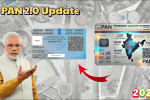




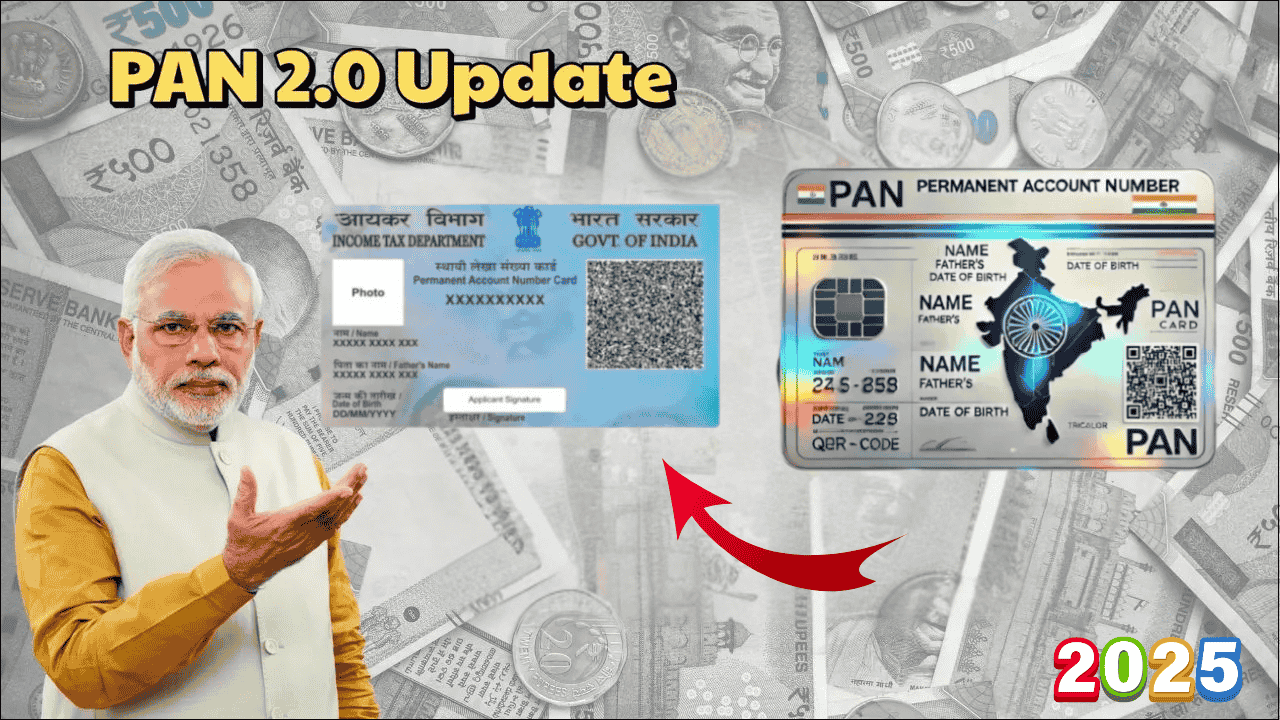
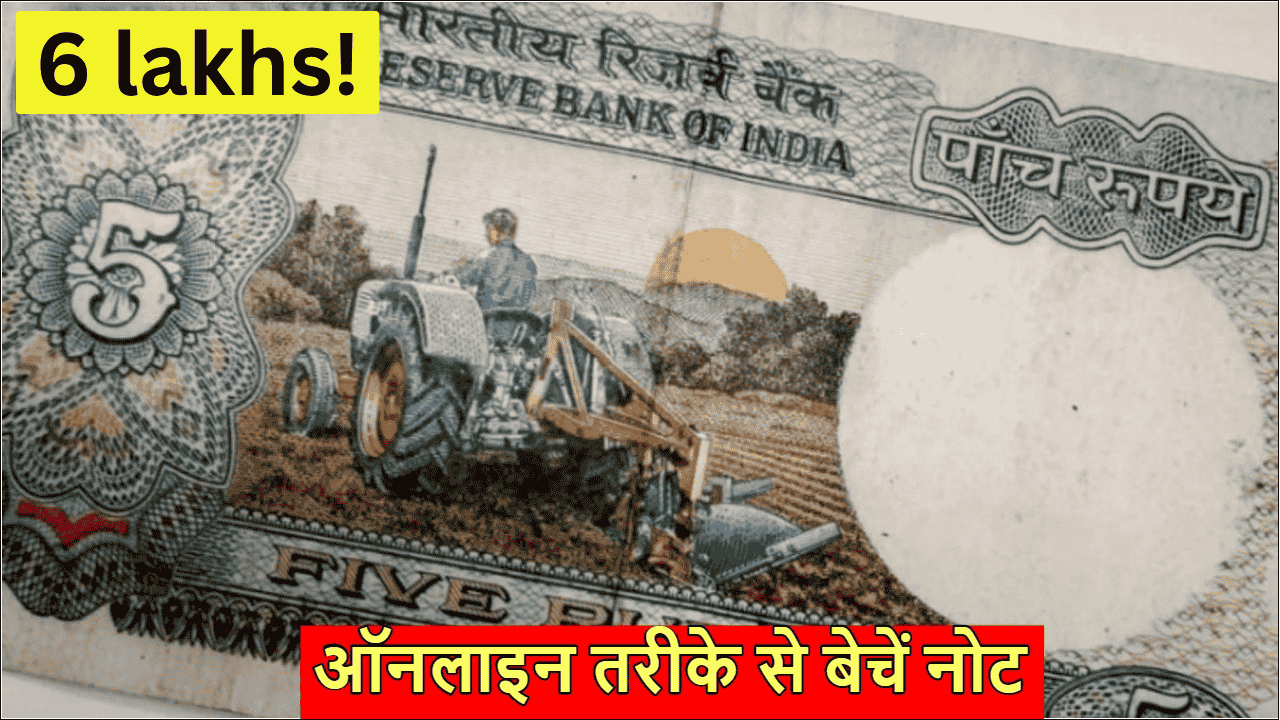
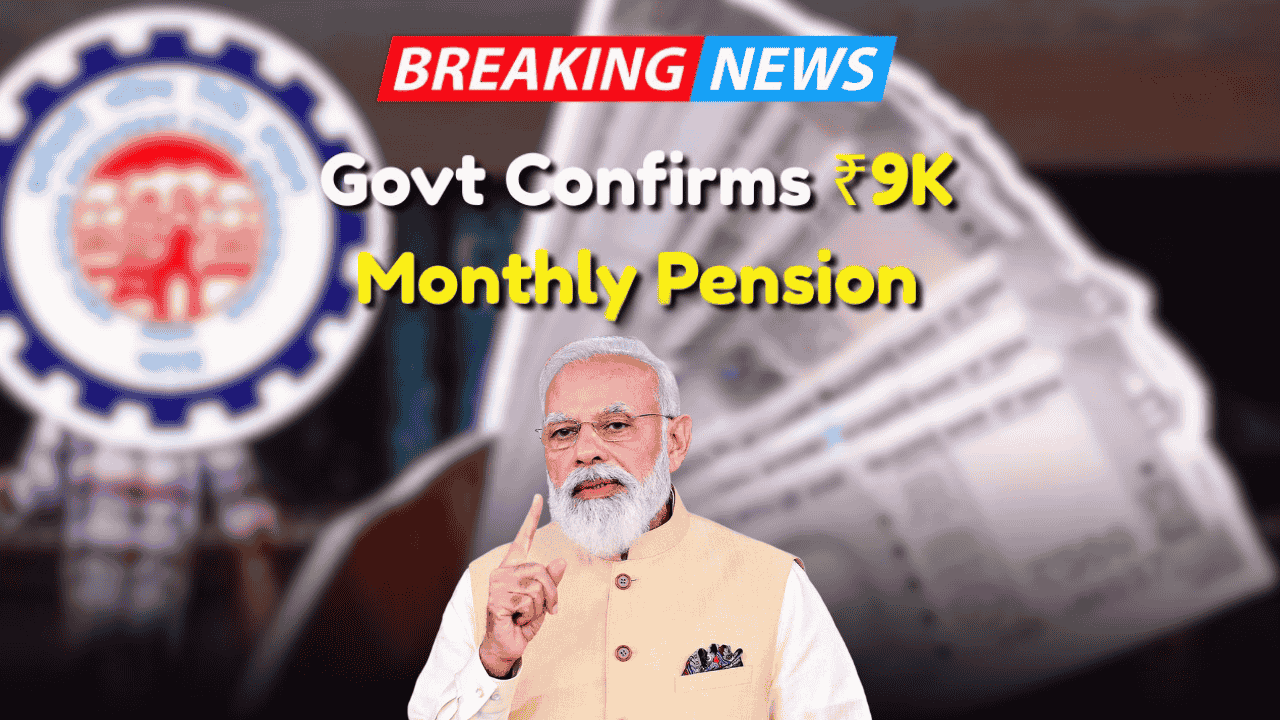

I don’t find anything difference in prices of the petroleum products. I fail to understand what’s the use of this article.